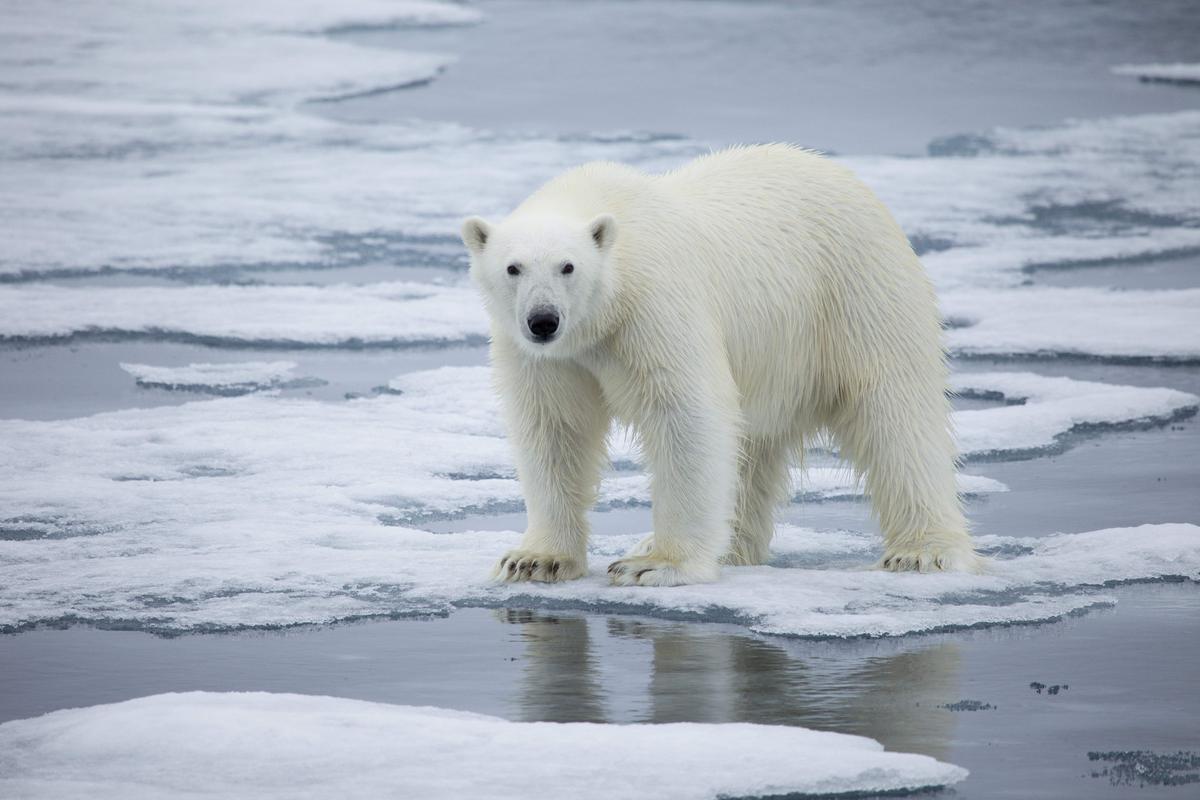According to India’s ‘Arctic Policy,’ which was officially revealed last week, the country intends to have a permanent presence, more research stations, and satellite ground stations in the Arctic region. India now has only one station, Himadri, in Ny-Alesund, Svalbard, Norway, where research professionals are normally stationed for 180 days. India is acquiring an ice-breaker research vessel capable of navigating the region.
India hopes to acquire more detailed photos using its current satellite network to “help in the development of the Arctic region.”
India is hoping to join the Arctic council of eight countries
The Arctic Council is made up of eight countries: Canada, Denmark, Finland, Norway, Iceland, Russia, Sweden, and the United States. It is home to around 4 million people, with indigenous groups accounting for a tenth of the population. Since 2008, India has had a research base in the region, as well as two observatories.
The influence of Arctic weather on the Indian monsoon has piqued Indian scholars’ curiosity for decades. Changes in Arctic weather are expected as a result of climate change and the melting of ice caps.
Since 2007, India has conducted 13 expeditions to the Arctic and is involved in 23 active science initiatives. In India, some 25 institutes and universities are now engaged in Arctic research, and about a hundred peer-reviewed articles on Arctic concerns have been published since 2007, according to the Ministry of Science and Technology.
The Arctic Council is a group of people that work It is an ‘Observer’ member of the Arctic Council, along with 12 other countries, and attends several sessions, most of which are focused on research.
India anticipates business potential in addition to scientific advancements.
“Identify potential for investment in Arctic infrastructures such as offshore exploration, mining, ports, railways, information technology, and airports…explore opportunities for ethical exploration of natural resources and minerals in the Arctic.” According to the letter, “it also wants Indian private enterprise to invest in the construction and improvement of such infrastructure.”

